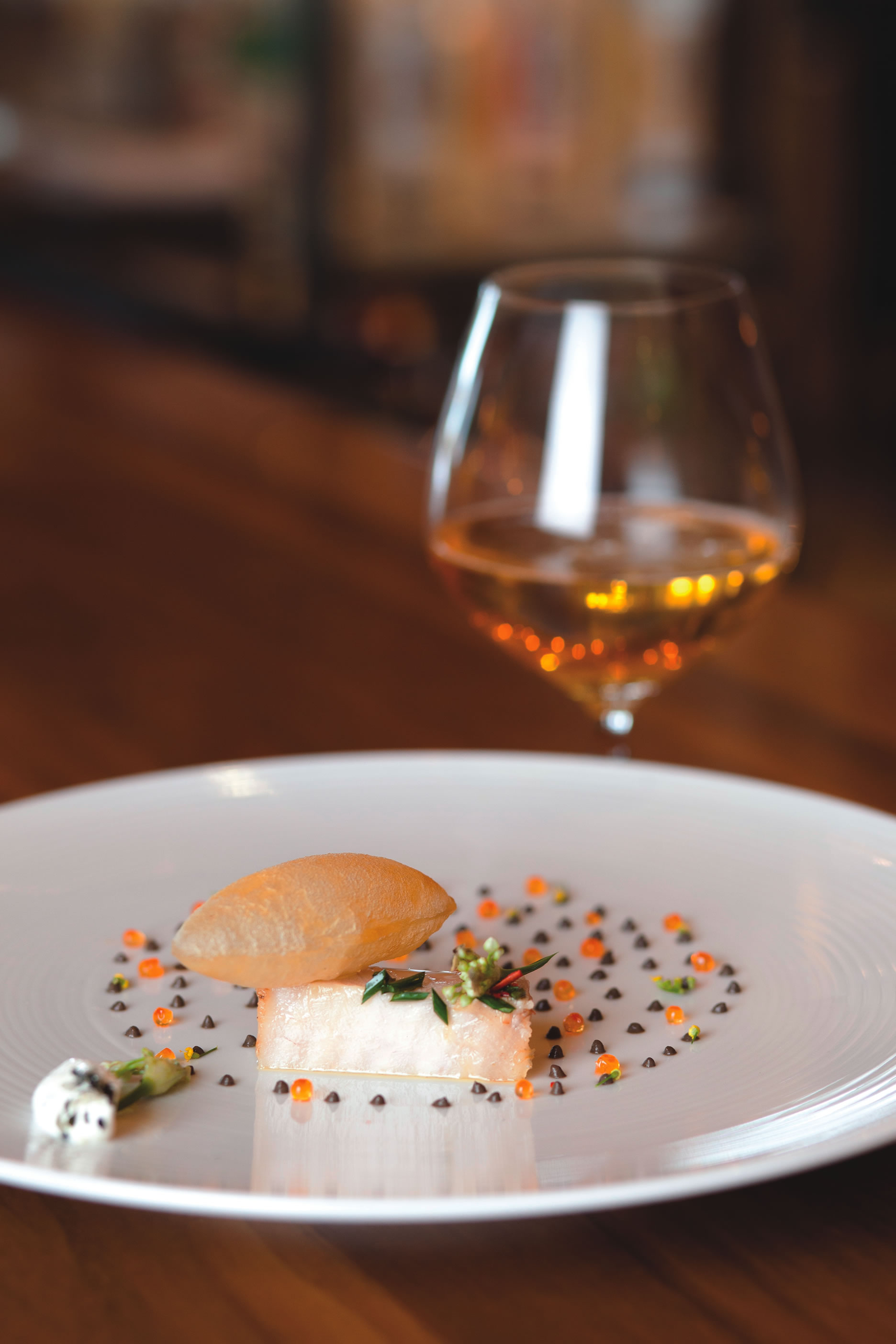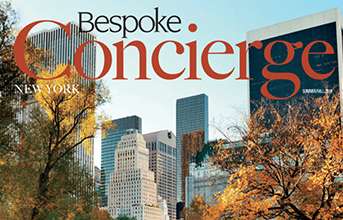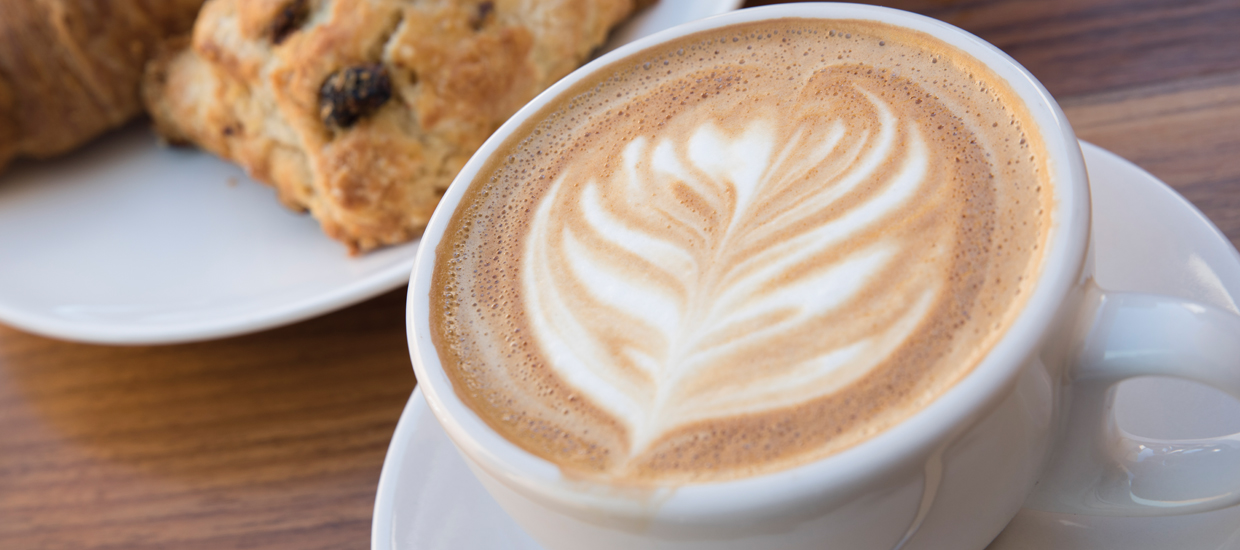Chefs and brewmasters are embracing the flavorful union between beer and food.

By Michelle Franzen Martin
In the late 1980s, when Douglass Miller graduated from the Culinary Institute of America, beer didn’t have a rightful place on the tables of upscale restaurants. Today, things have changed. Miller, now a professor at his alma mater, devotes a large part of a class to beer and food pairings—teaching students that India pale ale goes well with red curry dishes and Russian imperial stout is wonderful to drink with chocolate cake, among countless other examples.
“Since there are so many different styles of beer, it gives you more options to pair beer with food than wine,” says Miller, who, after 20 years working in top kitchens around the country, began teaching at the institute’s Hyde Park, N.Y., campus. “Beer can go with anything.”
The concept of beer and food pairings isn’t unique to those who make craft beers, but only in the last several years have many of the country’s best restaurants started to take notice.
“More and more people are going out to eat at higher-end restaurants and all of a sudden craft beer is now not only OK to have on the list, it is becoming expected,” says chef Adam Dulye of San Francisco’s The Abbot’s Cellar. “In the past, it wasn’t necessarily that you could not order a craft beer in a higher-end establishment; rather, it was you could not find one on the menu. … Restaurants of all levels in the past few years have become increasingly more aware of how craft beer can elevate any beverage program.”
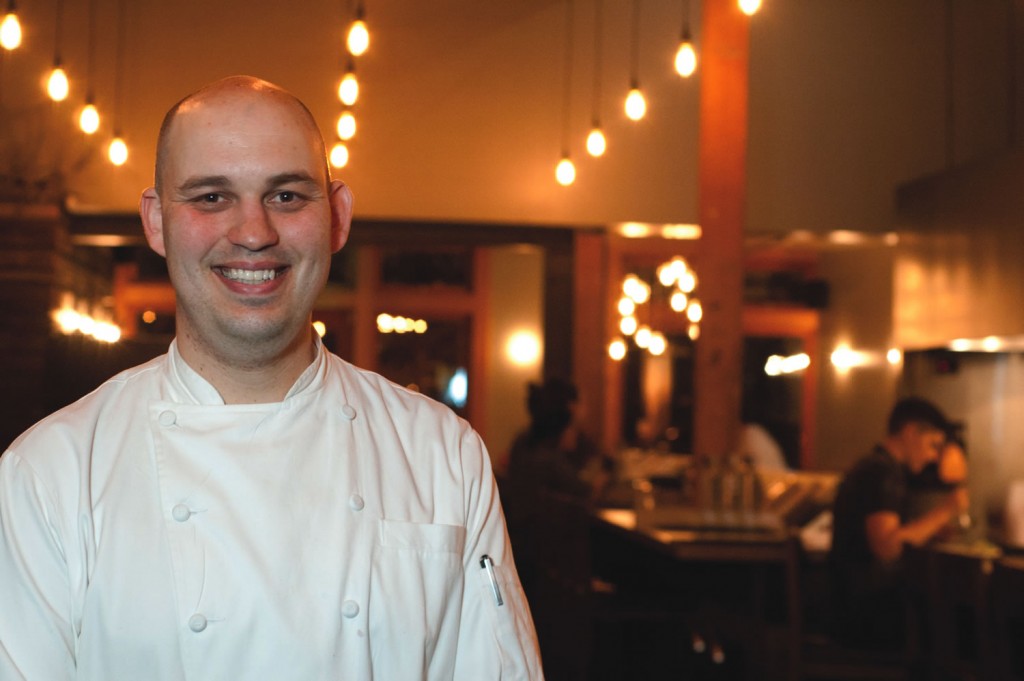
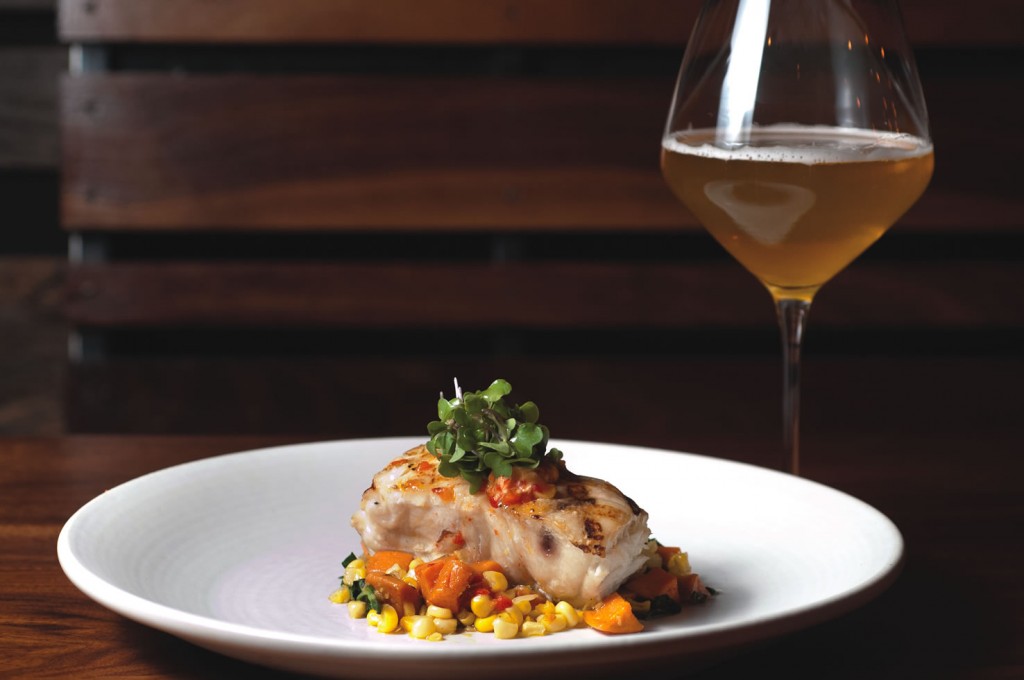
It appears that the trend isn’t slowing down; with more chefs realizing the potential that these pairings have to take cuisine to the next level, the epicurean experiences are endless.
An Evolution
Julia Herz, craft beer program director for the Boulder, Colo.-based Brewers Association, says the evolution of beer and food pairings is a natural one.
“Today’s beer lovers grew up with craft beer in their households, allowing them to experiment with craft-brewed beer in their pairing and cooking,” Herz says. “This extends to the professional world as well. Chefs, bartenders and mixologists also grew up exposed to fuller-flavored beer beyond light American lagers, so it’s only natural that beer’s place in the food-arts world has evolved.”
In fact, a recent Nielsen survey revealed that 19 percent of craft beer drinkers order a craft beer because it pairs well with food.
“I like to say craft beer picks up where wine leaves off, and then some,” Herz says. “Wine has acidity, fruit, mineral components, tannins and alcohol. When paired, wine mostly hangs its hat on its acidity (by calming fat and salt in food, so the flavors shine brighter).”
Likewise, craft beer has acidity and bitterness from hops, which calm a food’s richness and residual sugar, she says. The beer’s carbonation also scrubs the tongue. “This gives the beverage major game in the food flavor harmony arena,” Herz says.
Brian Purcell, owner and brewmaster of Three Taverns Craft Brewery in Atlanta, says the wine industry opened the door for beer pairings in recent years. “It paved the way in opening people’s minds up to the possibilities that food can have with drink, specifically alcoholic drinks,” he says. “It started with wine, then beer, and now you’re seeing food pairings with cocktails and spirits. I personally think beer pairs best with food because there are so many more options when you consider the 100-plus beer styles and the complexity of flavors present in each style.”
Brew Inspiration
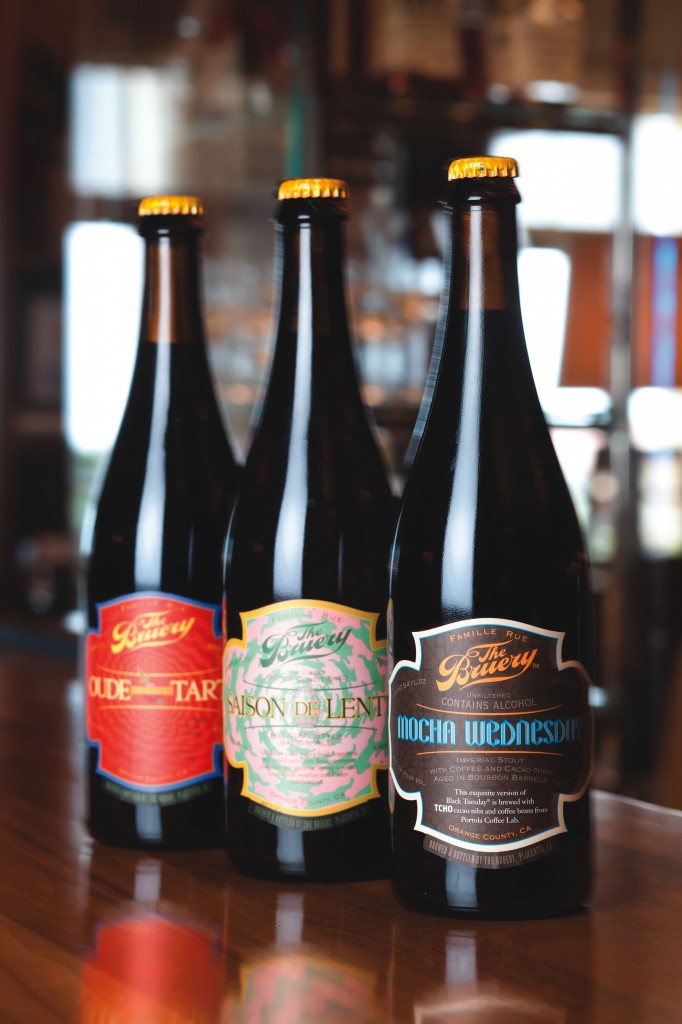
When it opened in 2012, The Abbot’s Cellar showed the culinary community exactly how craft beer could bring another dimension to fine dining. Here, guests can savor food-and-beer pairings that include Belgian-style dubbel with duck, saison with scallops and stout with steak. “It’s the experience,” Dulye says. “Once people have that ‘aha’ moment with pairing beer and food, they open up their palates to a whole new world.”
These pairings are showing up at upscale restaurants on both coasts, including New York City’s new restaurant Hospoda, which features dishes inspired by beer. Each dish is infused with beer, prepared with the ingredients used to make beer or inspired by a flavor profile of a particular beer.
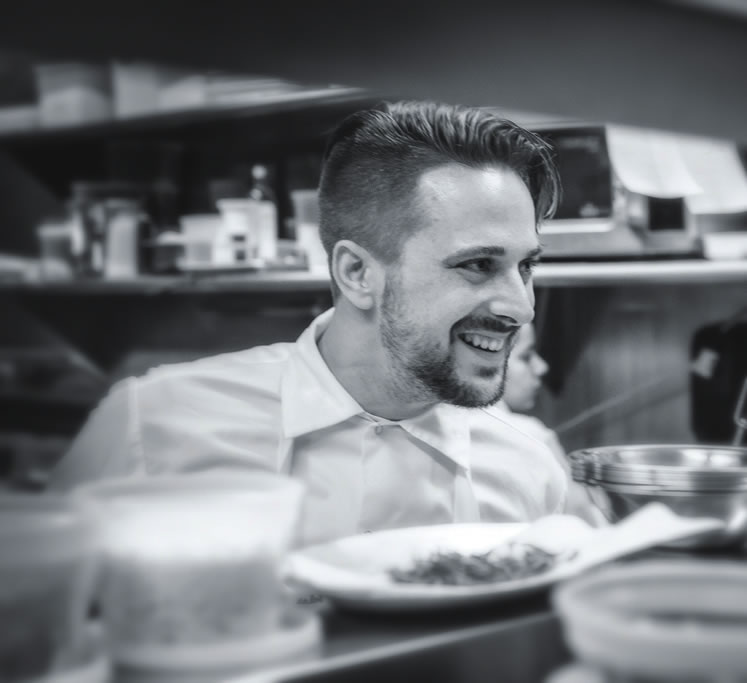
Hospoda’s chef, René Stein, says food and beer pairings began in New York several years ago, although chefs and brewmasters have been doing it for a longer time. “About seven years ago, I had my first beer pairing in a restaurant, and it blew me away,” Stein recalls. “I started my culinary career in Germany, where I’m originally from, and had never seen anything like that before.”
One of Hospoda’s dishes pairs beef tartare with Pilsner. “In terms of beef tartare (made with chive mayonnaise, egg yolk and a pretzel bun), I wanted this dish to really show off the incredible craftsmanship of [Prague brew] Pilsner Urquell,” Stein says. “The beef tartare we serve at Hospoda is a more elegant interpretation of a typical beef tartare, but it doesn’t overshadow the Pilsner Urquell. It complements it and even shows off how great it is.”

Chefs say there is a beer pairing for every type of food. “Every flavor present in all the different wine styles can be found in some kind of beer,” Purcell explains. “But not every flavor found in the many styles of beer can be found in some kind of wine.”
Additionally, when pairing beer with food, the general rule is to bring together similar tastes. “Any easy guide is to pair lighter-style beers with lighter foods,” Purcell adds. “When you think of beers that are heavier in mouthfeel and alcohol, like porters or stouts, you should think of heavier foods—red meats, lamb, starchier foods like heavy pastas or hearty soups.”
Likewise, India pale ales (known as IPAs among beer drinkers) pair well with spicier foods—Thai and Indian, for example—because the floral and bitter hops cut the heat and balance out the flavor in the food. Fruit desserts go best with fruity or tart beers and chocolate desserts pair well with chocolate or coffee stouts.
At Stonehill Tavern inside The St. Regis Monarch Beach, in Dana Point, Calif., Executive Chef Raj Dixit brings together lighter beers to complement a fresh springtime-inspired menu.

Dixit pairs San Diego-based Ballast Point Brewing Co.’s Sculpin IPA—a beer that has notes of grapefruit, lime, tangerine, lilacs and daisies, with roasted poussin with green herbs and wild foraged mushrooms. “The clean flavors and bitterness bring out the umami in the mushrooms and the roasted baby chicken,” he explains.
He also likes to pair a beer from The Bruery, in Placentia, Calif., called Sour in the Rye—a sour ale with notes of rye, oak and cherry—with the restaurant’s take on fish and chips (a day boat crispy black cod with pommes soufflees and malt vinegar).
One other favorite is Hitachino Nest White Ale, from Japanese brewer Kiuchi. Dixit likes to serve it with a wild char dish that is complemented by saffron emulsion and Japanese koshihikari rice. “The dish has three simple ingredients so [that] the beer, with flavors of acacia and jasmine, doesn’t overpower it,” he says. “It just adds to it.”
Chef Bob Hurley of Hurley’s Restaurant in Yountville, Calif., says some people find it ironic that his establishment—set in the heart of Napa Valley—offers beer and food tastings. But, he adds, they quickly see how well the two go together.
“In wine, you must be very aware of the balance of sugars, acids and alcohol,” Hurley explains. “For the most part, that eliminates pairings with a whole range of ethnic foods that accentuate sour, sweet, saltiness or spiciness. This is where beer shines.”
A Superior Combination
Like other chefs, Hurley says the wide complexity of flavor offerings makes beer the perfect drink with food. “In wine pairing, after you have dealt with the balancing act in your dish, you add ingredients that will complement the wine and pull out the many nuances and flavors that lie hidden in the complex layers of wine,” he says. “With modern-day microbrews, there are a whole new set of flavors and nuances to work with that there were not in the past.”
Additionally, beer generally transitions well from course to course. In contrast, certain wines only pair very well with certain foods but not so well with what is coming in the next course. Beer, however, is more forgiving and makes the jump from course to course more seamlessly.
The lower alcohol content of beer also helps with the flavor profiles of food. Of the 142 beer styles that the Brewers Association documented in 2013, the average beer style has 5.8 percent alcohol by volume compared to 12 percent for the average wine, Herz says.
“So what happens when you pair a higher alcohol beverage with a hot spicy food?” she asks. “Alcohol is a solvent that literally opens up the [pores] on your tongue, making you even more sensitive and available to sense heat.”
Spring is an ideal time to try beer and food pairings: Seasonal beers are lighter on the palate and include wheat-based beers, maibocks (traditionally tapped in May, from which they get their name) and saisons. They go well with spring green salads with feta or goat cheese and light vinaigrettes.
Cheese and beer pairings, too, are gaining attention in the culinary world. “A big sharp cheddar and a hoppy IPA is one of my favorites,” says Tim Gaddis, a certified cheese professional with Atlanta’s Bacchanalia restaurant. “Both have very pronounced flavors. When paired, the sharpness of the cheddar and the hops in the beer seem to subside, allowing the other flavors to come out.”
Despite the growing interest in beer and food pairings, chefs are quick to say that beer won’t replace wine pairings; it just gives the culinary world another option.
“Chefs are now thinking about both,” Miller says. “Sometimes they might create a dish that would pair well with wine and on another menu they might come up with a dish that would pair well with beer.” B

